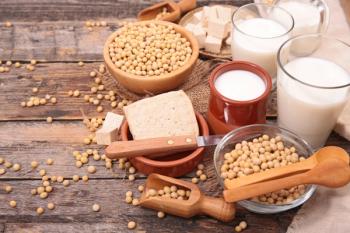
Call for Papers August 2018 Supplement on IR Spectroscopy
Spectroscopy is seeking contributed manuscripts for its August 2018 supplement on infrared (IR) spectroscopy, including far-infrared, mid-infrared, and near-infrared (NIR) techniques.
*Deadline Extended*
Spectroscopy is seeking contributed manuscripts for its August 2018 supplement on infrared (IR) spectroscopy, including far-infrared, mid-infrared, and near-infrared (NIR) techniques.
Manuscript Scope and Format
Articles may address fundamental issues in IR spectroscopy, recent advances in methods, or applications of IR methods.
Manuscripts should be approximately 2000–2500 words long, including an abstract of approximately 150–200 words, plus up to six figures and tables combined. Applications articles should follow a standard experimental article format. Figures and tables, along with their captions, should appear at the end of the manuscript, and figures also must be sent as separate files, preferably in JPG, TIF, PNG, PPT, or XLS format. References should be called out using numbers in parentheses and listed at the end of the manuscript in numerical order.
Submissions from equipment manufacturers will be considered but must be devoid of promotional content; discussions of new technology should not focus on a specific manufacturer’s instrument.
Deadlines:
Deadlines for this special issue have been extended to the following dates:
Due date for abstract submission: April 30, 2018
Due date for completed articles: June 22, 2018
Where to submit:
Send all proposals and completed articles to Editor Laura Bush, at
About Spectroscopy
For 33 years, Spectroscopy has been providing peer-reviewed articles, trusted advice from columnists, and other information to facilitate the development and use of spectroscopy as a practical analytical technology across a variety of fields. Spectroscopy is indexed in the Web of Science, Journal Citation Reports, and EBSCOhost.
Newsletter
Get essential updates on the latest spectroscopy technologies, regulatory standards, and best practices—subscribe today to Spectroscopy.





